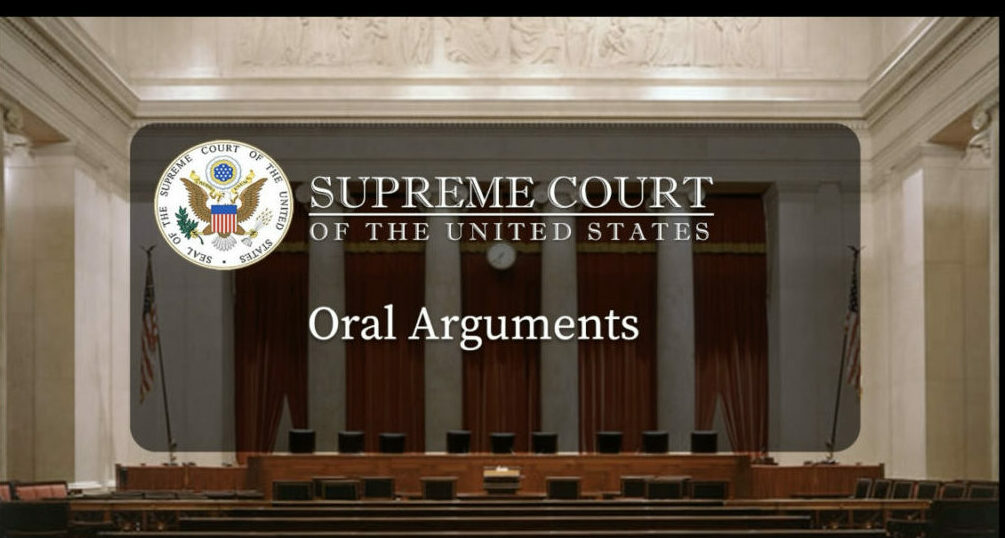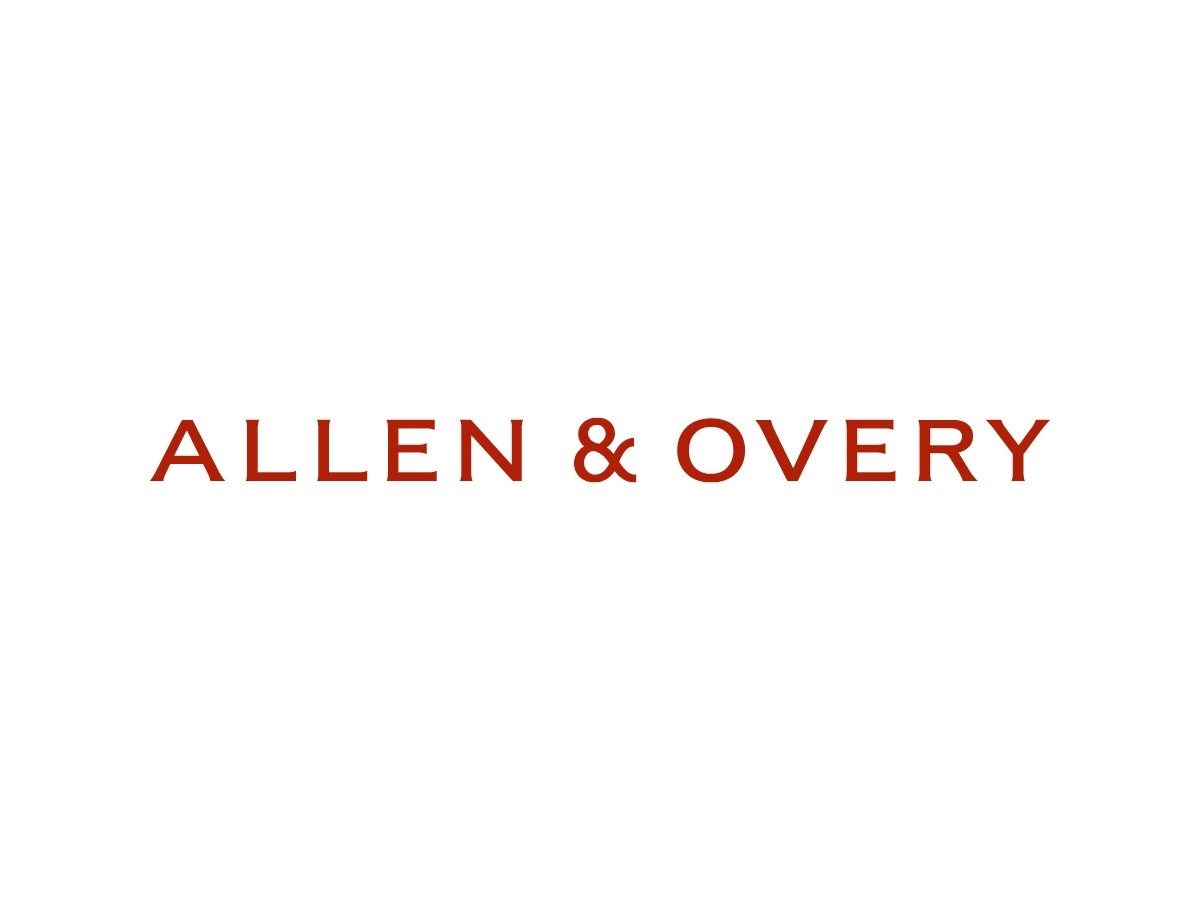Orange Book Listing of System Claims Clarified by Jazz Decision | Haug Partners LLP
[co-author: Emily Grigas]
On February 24, 2023, the U.S. Court of Appeals for the Federal Circuit issued a precedential opinion in Jazz Pharmaceuticals, Inc. v. Avadel CNS Pharmaceuticals, LLC that affirmed a district court’s injunction requiring Jazz to delist U.S. Patent 8,731,963 (’963 patent) from the FDA Orange Book for Jazz’s narcolepsy drug Xyrem®.1 The ’963 patent claims a “computer-implemented system for treatment of a narcoleptic patient with a prescription drug that has a potential for misuse, abuse or diversion.”2 The Federal Circuit Panel determined that such claims “were properly construed by the district court to be system claims, not method [of use] claims.”3 Thus, because “the claims do not recite a listable method of use,” the Panel determined that “the district court did not err in concluding that the ’963 patent must be delisted” from the Orange Book.4 In sum, the district court “correctly ordered Jazz to seek delisting of the ’963 patent from the Orange Book.”5
THE ORANGE BOOK
“Under the Hatch-Waxman Act (‘the Act’),when a drug developer files a NDA [new drug application], information on each patent ‘for which a claim of patent infringement could reasonably be asserted’ must be submitted to the FDA if the patent claims either (i) the drug submitted for approval, or a formulation or composition thereof, or (ii) ‘a method of using such a drug for which approval is sought or has been granted for the application.’”6 “For ‘patents that claim a method of use, the applicant must submit information only on those patents that claim indications or other conditions of use for which approval is sought or has been granted in the NDA.’”7 The FDA publishes these patents in the Orange Book in a “ministerial role” without substantive evaluation.8
BACKGROUND
Jazz holds the NDA for Xyrem®, a drug product indicated to treat narcolepsy. The active ingredient, sodium gamma-hydroxybutyrate (GHB), is a sedative that can be misused and is frequently referred to as a “date-rape drug.”9 Because of the potential for misuse, the FDA conditioned approval of Xyrem® “upon development of Risk Evaluation and Mitigation Strategies (REMS), which include protocols that must be followed prior to prescribing or dispensing Xyrem®.”10 Thus, Jazz developed a distribution system that addressed the FDA’s REMS requirement. The REMS distribution system is encompassed by the claims of the ’963 patent, which Jazz listed in the Orange Book as a method of using Xyrem®.
In 2020, Avadel CNS Pharmaceuticals, LLC (Avadel), submitted a 505(b)(2) NDA for FT218, a drug product it developed that has a different formulation of GHB. Even though FT218 shares the same GHB active ingredient, it is a different drug product that is dosed less frequently. Thus, unlike Xyrem®, “which requires the patient to wake up a few hours into the night to ingest a second dose, FT218 is dosed once nightly.”11 Avadel’s NDA also includes a REMS distribution system. As part of the 505(b)(2) NDA process, Avadel submitted a paragraph IV certification with its NDA against the Xyrem® Orange Book patents. As a result, Jazz sued Avadel for infringement of the ’963 patent. Avadel then countersued Jazz and sought a delisting of the ’963 patent from the Orange Book.
The District Court ruled in favor of Avadel and held “the ’963 patent claims a system and thus does not claim an approved method of use.”12 Thus, the “district court subsequently ordered Jazz to ask the FDA to delist the ’963 patent.”13 Jazz appealed the decision, and the Federal Circuit “issued a temporary stay pending resolution of the concurrent district court motion.”14 The district court then denied Jazz’s motion and the Federal Circuit extended the stay pending the appeal.
SYSTEM VS. METHOD OF USE ANAYLSIS
First, the Panel addressed whether the district court correctly determined that the ’963 patent’s claims are not method of use claims. In doing so, the Panel considered two questions: “(1) what does the patent claim, and (2) is the patented invention either ‘the drug for which the application was approved’ or ‘an approved method of using the drug?’”15
- What Does the Patent Claim?
As required in 21 U.S.C. § 355(b), Orange Book-listed patents must, inter alia, “claim[s] a method of using [the] drug for which approval is sought or has been granted in the application.”16 The district court determined that the ’963 patent’s claims are to a system, and not a method of use.
Both Jazz and Avadel agreed that the ’963 patent claims describe “elements of the REMS-based procedure to ensure that Xyrem® can be safely prescribed.”17 However, the parties disagreed about whether this constituted a method of use. Ultimately, the Panel determined that the claims of the ’963 patent describe a “‘computer-implemented system’ that comprises ‘one or more computer memories’ and a ‘data processor.’”18 The Panel noted that these are not claims for a method of use because such “method claims require the performance of steps; claims that describe physical components of a whole are system, or apparatus, claims.”19 Thus, the Panel found that the district court properly construed the claims to be system claims, and not method of use claims.
- Is the Patented Invention Either “the drug for which the application was approved” or “an approved method of using the drug?”
The district court also determined that the ’963 patent’s claims are not for an approved method of using the drug. As the Panel explained, “[t]he fact that the ’963 patent claims recite a system that was, at least prior to 2017, implicated in a condition of using Xyrem®, does not disturb the determination that the claims do not recite a listable method of use, which makes this regulatory provision inapplicable.”20 Accordingly, the patent did not meet the statutory requirement that the claims be to “‘an approved method of using the drug’ under 21 U.S.C. § 355(c)(2) and § 355(c)(3)(D)(ii)(I).”21 Thus, the Panel concluded the district court did not err in concluding that the ’963 patent must be delisted from the Orange Book.
DELISTING REMEDY
Next, Jazz argued that because (i) the statute does not provide a delisting remedy and (ii) the ’963 patent “at a minimum fell into a category of patents neither required nor forbidden to be listed,” Avadel does not have “the power to request an order to delist it [the patent] now.”22 The Panel disagreed, explaining that the district court properly concluded that the delisting statute “does not require us to consider whether the patent holder violated the law by listing the patent in the first instance,” instead “[i]t simply provides that those accused of infringing a listed patent may request an order requiring the patent holder to correct or delete the drug or method of using the drug.”23 Thus, the Panel decided that the district court properly concluded that 21 U.S.C. § 355(c)(3)(D)(ii)(I) provides a delisting remedy.
CONCLUSION
Ultimately, the Panel concluded that because the ’963 patent’s claims are not for a drug or method of using the drug, the ’963 patent should be delisted from the Orange Book using the delisting remedy under 21 U.S.C. § 355(c)(3)(D)(ii)(I).24 In view of this, the Panel reinstated the injunction and required “Jazz to ask the FDA to delist the ’963 patent” from the Orange Book within fourteen days of the Federal Circuit’s decision.25
The Panel’s opinion demonstrates that the question of whether a patent may be eligible for Orange Book listing requires a case-by-case analysis of the language of the patent’s claims. Furthermore, the opinion demonstrates that an aggrieved party may seek an injunction to force a patent owner to ask the FDA to delist an improperly listed patent from the Orange Book. Delisting may have significant ramifications in litigation. For example, while delisting a patent from the Orange Book does not prevent the patentee from asserting a patent infringement claim, it may affect the timing of when the patent may be asserted in litigation. For example, although it was not addressed in this opinion, it may be that a delisted patent would no longer satisfy the “artificial act of infringement” that provides standing in Hatch-Waxman Act lawsuits so that a 505(b)(2) NDA or an Abbreviated New Drug Application (“ANDA”) applicant may be sued prior to marketing a drug product. In addition, if a patent is delisted it may no longer be a basis for a statutory 30-month stay that prevents final FDA approval of the 505(b)(2) NDA or ANDA. Thus, given appropriate facts, challenges to Orange Book listings may have significant consequences.
1 Jazz Pharms. Inc. v. Avadel CNS Pharm., LLC, No. 2023-1186, 2023 WL 2198640, at *1 (Fed. Cir. Feb. 24, 2023).
2 Id.
3 Id. at *5.
4 Id. at *5-6.
5 Id. at *6.
6 Id. at *2 (quoting 21 U.S.C. § 355(b)(1)(A)(viii)).
7 Id. (quoting 21 C.F.R. § 314.53(b)(1)).
8 Id. at *3.
9Id. at *1.
10 Id.
11 Id. at *3.
12 Id.
13 Id.
14 Id.
15 Id.
16 Id. at *4.
17 Id.
18 Id.
19 Id.
20 Id. at *5.
21 Id.
22 Id. at *6.
23 Id.
24 Id.
25Id.






